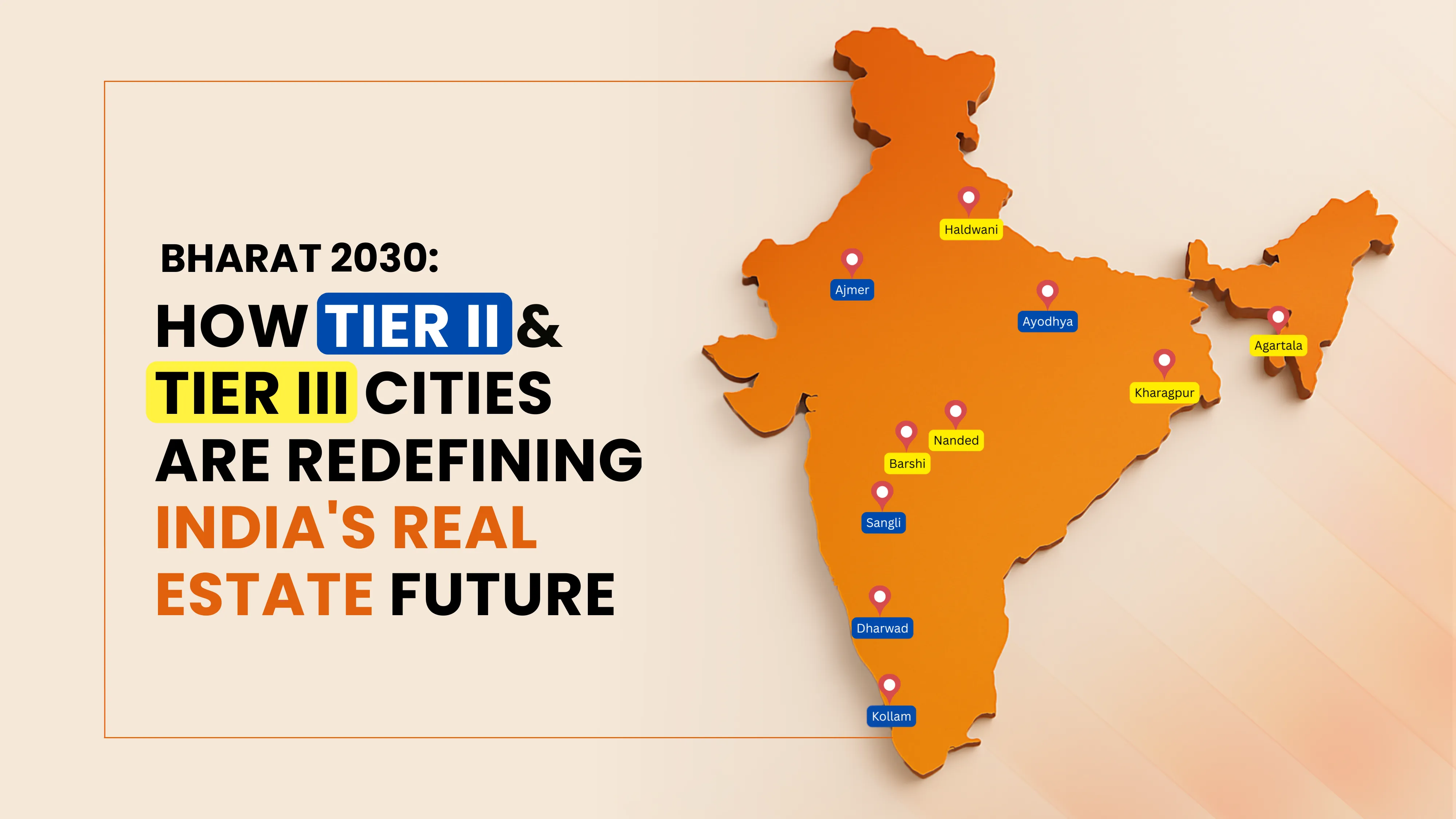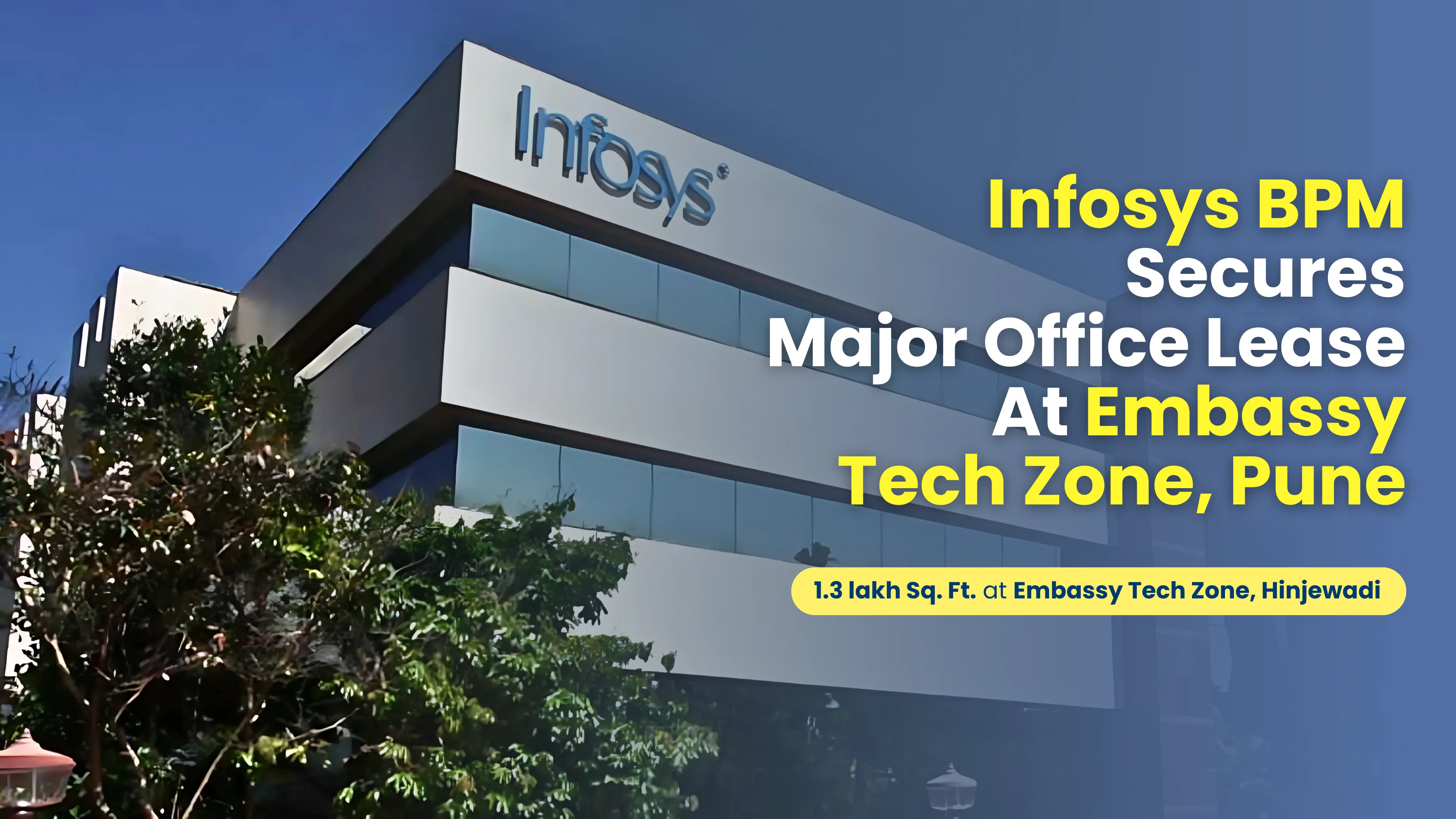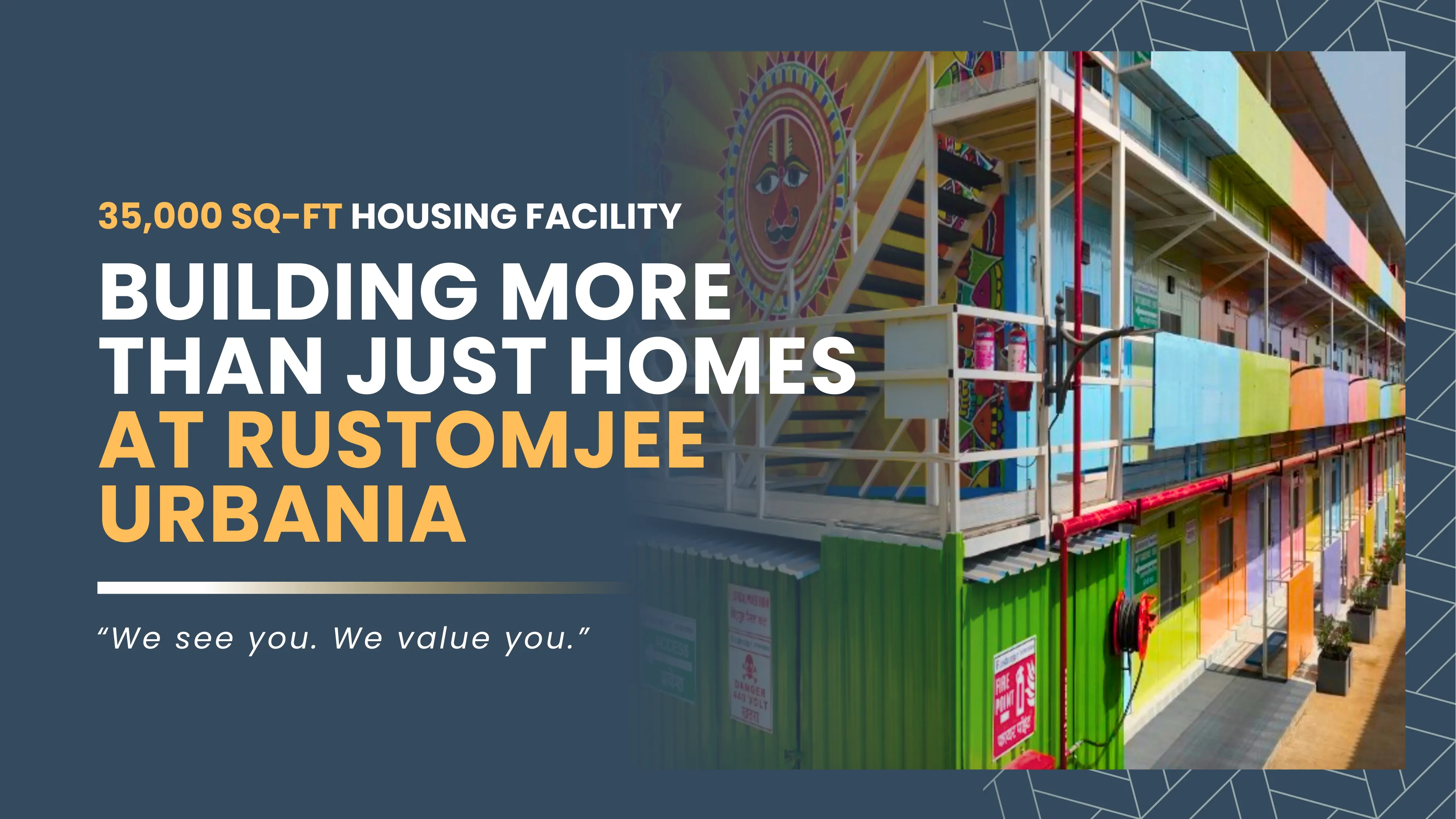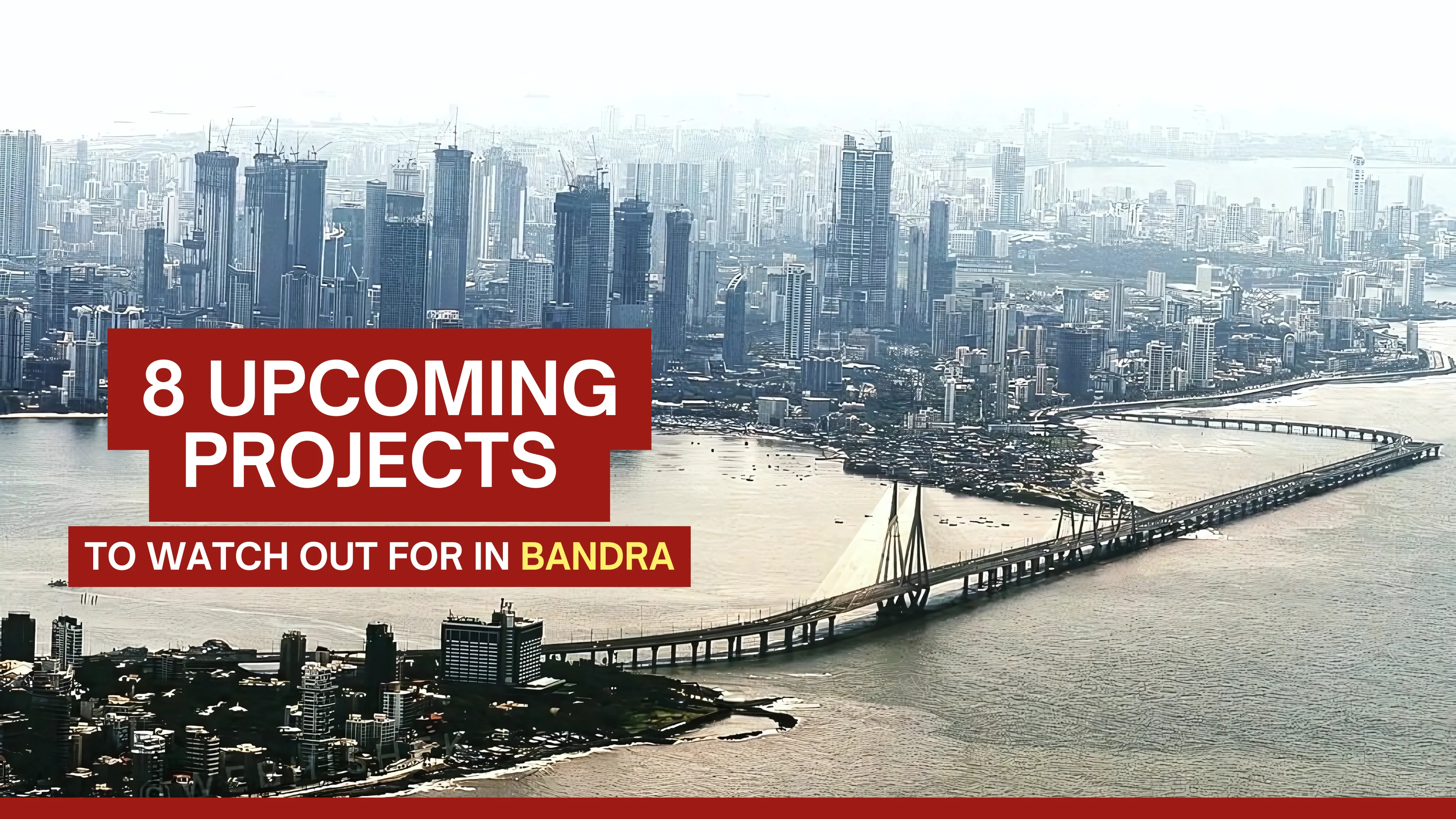

.webp)
When Chief Minister Devendra Fadnavis inaugurated the final stretch of the Samruddhi Mahamarg on June 5, 2025, it marked more than just the completion of a highway. It fulfilled Maharashtra’s vision of a seamless, high-speed corridor connecting its financial capital Mumbai with the winter capital Nagpur. The newly opened 76-kilometre stretch from Igatpuri in Nashik to Amane near Bhiwandi in Thane completes the 701-kilometre Hindu Hrudaysamrat Balasaheb Thackeray Maharashtra Samruddhi Mahamarg.
This last leg is remarkable for both its engineering and its impact. At its heart lies an 8-kilometre twin tunnel near Igatpuri, now Maharashtra’s longest and widest. With a height of 9.12 metres and width of 17.61 metres, it can easily accommodate heavy vehicles. It is also India’s first road tunnel with a built-in fire-fighting system. More importantly, it bypasses the congested and winding Kasara Ghat, reducing the travel time between Igatpuri and Kasara to just eight minutes.
Those eight minutes are more than a statistic. For farmers and traders transporting goods from Nashik to Mumbai, this development means fresher produce, lower fuel costs, and better margins. Time saved translates to better income and improved efficiency in logistics.
Beyond the tunnel, the stretch includes 17 large valley viaducts covering 10.5 kilometres. These viaducts rise as high as 84 metres in certain sections, allowing vehicles to maintain a steady pace over previously challenging terrain. The longest viaduct spans 2.28 kilometres, making the route both faster and safer.
Three major interchanges at Igatpuri, Khutghar, and Amane allow smoother entry and exit points. Over 60 power lines were relocated and a new railway overbridge was constructed to accommodate the route. The planning and execution required for this kind of coordination speak to the scale of the undertaking.
With the full expressway now functional, the time it takes to travel between Mumbai and Nagpur has dropped from sixteen hours to eight. For those in the Thane-Mumbai corridor heading to places like Shirdi, a full day’s journey is now a comfortable half-day drive. The highway supports a speed limit of 120 kilometres per hour, provided safety regulations are followed.
Safety has been prioritised from start to finish. From reinforced concrete barriers to night lighting in tunnels and on viaducts, the route has been designed with precaution in mind. Emergency call boxes, CCTV coverage, and on-call medical aid enhance the security of every journey.
But this isn’t just about speed or engineering. It’s about what that connectivity unlocks. Regions once seen as distant or remote now fall within easy reach of Maharashtra’s biggest cities. With faster access to urban markets, there will be a noticeable boost in trade, real estate, small businesses, and employment opportunities. Villages and towns situated near the expressway will gain access to education, healthcare, and economic growth.
More than anything, the new stretch narrows a psychological distance. It brings together diverse parts of Maharashtra, giving people new reasons to travel, explore, and invest. Farmers can schedule deliveries to Mumbai confidently. Students can look at educational institutions in other cities as viable options. The benefits will be felt in homes, in fields, and in boardrooms.
This expressway is a statement of intent. It shows what is possible when ambition meets execution. From its tunnels and viaducts to its interchanges and policy support, every element represents the promise of development and progress.
As you move through this final stretch, you’re not just travelling faster. You’re driving into a future where Maharashtra is more connected, more empowered, and more unified than ever before.




.webp)

















.webp)






